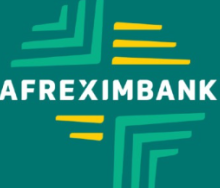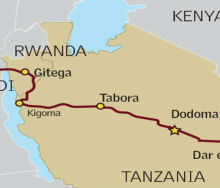The Automotive Business Council (Naamsa) has welcomed the uptick in aggregate new vehicle sales figures as the possible turning point for an improved second half of the year performance.
According to Naamsa’s latest data, aggregate domestic new vehicle sales hit 44 229 units, reflecting an increase of 657 units, or a gain of 1.5%, up from the 43 572 vehicles sold in July 2023.
However, export sales decreased by 12 671, or 33.2%, to 25 461 compared with the same month last year. For the year to date, vehicle exports are now 13.5% below the corresponding period last year.
Naamsa said the new vehicle market had responded positively in anticipation of improved economic prospects during the second half of the year.
“Increased seasonal sales to the rental industry contributed to the higher sales during the month. Although aggregate new vehicle sales for the year to date remained 6.3% below the corresponding period in 2023, and despite various challenges and elements of economic uncertainty, OEMs and importers continue to launch new products into the marketplace,” the council said.
Dealer sales represented 35 853 units, or 81.1% of total reported industry sales, while an estimated 13.5% represented sales to the vehicle rental industry, 2.9% to the government, and 2.5% to industry corporate fleets.
The July 2024 new passenger car market at 29 934 units registered an increase of 1 894 cars, or 6.8%, compared with the 28 040 new cars sold in July 2023. Car-rental sales accounted for 17.1% of new passenger vehicle sales.
Domestic sales of new light commercial vehicles, bakkies and minibuses were 11 554, reflecting a slight decrease of 1 112 units, or 8.8%, while sales for medium and heavy truck segments performed weaker at 641 and 2 100 units respectively, a decrease of 45 units, or 6.6%.
However, export sales decreased 33.2% compared with the same month last year and are now 13.5% below the corresponding period (the first seven months of the year) last year.
“Vehicle exports reflected a substantial decrease during the month compared with the correspondingly high monthly base level of 2023. Adverse weather conditions during the month as well as declining exports to Europe, the domestic automotive industry’s top export region, contributed to the weaker performance for the year to date,” the council added.
The Eurozone GDP grew by only 0.3% during the second quarter, with Germany’s GDP contracting by 0.1%. The direction and performance of vehicle exports for the balance of 2024 will remain linked to central banks’ gradual monetary easing in major markets.
But Naamsa said encouraging prospects for local growth and increased consumer spending for the balance of the year included four consecutive months of no loadshedding, a stronger rand exchange rate, and potentially up to two interest rate cuts before year-end.













